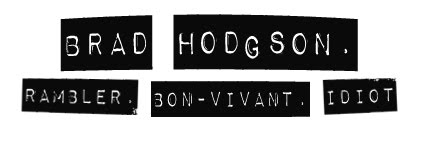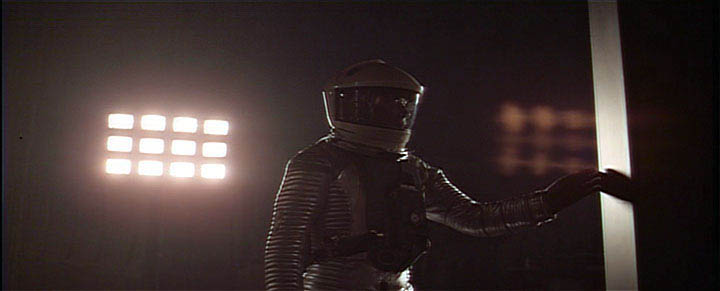Why am I doing what I am doing?
Over the past few weeks I have been continuing research and thinking in an attempt to further refine the idea at the heart of my work and essentially define it.
In the two recent presentations the responses have been mixed, with elements of curiousity and praise mixed with confusion and misunderstanding, it seems that essentially whilst my work has been succesful in it's execution and aesthetic, it is merely my intentions that need clarifying.
I have been more than pleased with my aesthetic - the object, the landscape and the way it is shot, but for the past week or so have been in the new position where upon I like my work, but feel it needs more meaning, or at least the meaning needs to be clearer.
I now feel like it has become more like an episode of 'Mad Men', how should my work be thought of? how should it be displayed?
Whilst still major and by no means a small matter to address, I am pleased with how my practice has developed, rather than having ideas above my station, I now have a station above my ideas, which although confusing it may be, will only take the simple matter of addressing my motives to solve it.
Having never been too confident in explaining my idea's, the presentations whilst informative in terms of advice given to me, where also difficult for me to explain my concept clearly, which with work that is essentially 'conceptual' I saw as a huge stumbling block.
This merely boils down to answering questions.
-What is the Work?
What does the space represent, does it represent anything, or is the landscape evocative and the lack of a section of it the state men?
all rhetorical as the I feel the work should be.
Like great songwriters never revealing what their lyrics were really about I feel that the mystery of the work would be lost if one clear concise message that the work should achieve existed.
From it's origins the work has been about intrigue about why is this 'alien' object here? With many questions following, each giving new dimensions to the work and crafting some narrative unique to the individuals interpretation.
-What is the history of the Work?
whilst giving me the starting point for this concept, it became clear from quite early on that the White Cube idea had become paradoxical and would limit the final outcome of my work to
something
-What is the relevance of the Work?
-What is the intention of the Work?
-What am i interested in achieving from the work?
This is not a manifesto just a loose way of signalling my influences and my intentions - put simply I want to create unpretentious work that will get people to think.What it will get them to think about is down to the interpretations of the viewer, as the old addage 'beauty is in the eye of the beholder', I want the thoughts and emotions of the piece, as much as possible, to be determined by the viewer.
What do i see when i look at the void.
what should this be called? blankspace is a working title
the images- atheism - the lack of something such as a section of imagery, has an effect that the lack of a part of the image becomes the focus and point of questioning.
What makes my work stand out against Sugimoto's or other work's of similar aesthetics?
one thing that has constatnly reared its head on this Gide project is the curiousity surrounding the object, is it real or photoshopped? obviously I attempted to answer this mystery within my experiments and believed that the object should be real, purely for aesthetics as the photoshopped attempts looked naive and obvious, although I also personally felt that being in the landscape itself, as I would be anyway if I was taking pictures, was heightened by positioning the board in strategic places and the emphasis on one of my original intentions of making people more aware of their landscape was realised by myself when creating the work, again the confusion continues, how do i use what I've found t be successful in terms of creating photographs, whilst still having the same degree of intriguement of the landscape.
An initial idea when talking about my work for the first time, was how presenting the work with little information, like Sugimoto's, would allow the audience to create their own narrative, which really interested me in terms of curating their imaginations. A criticism of this was that i needed to be clearer on the motive of my work as previously expressed - can they purely exist as images of intrigue? images designed simply to gain meaning, rhetorical photographs asking questions that have no right or wrong answer? This is where I feel my work is and where I like it, with as much mystery as possible in order to garner as much intrigue as possible and with the Exhibition of current work only a month away, the realisation of these 'rhetorics' ironically needs to be answered.
Like Pawson instilled this into his architecture, Danielewski into his writing, i know need to be able to get this across in imagery, the easy choice you may think in comparison tho the other mediums but a lot more choice adds a lot more distraction and less chance of there being the clarity and simplicity i originally imagined, and still feel the work needs, to be present.
'Presence Through Absence'



















































